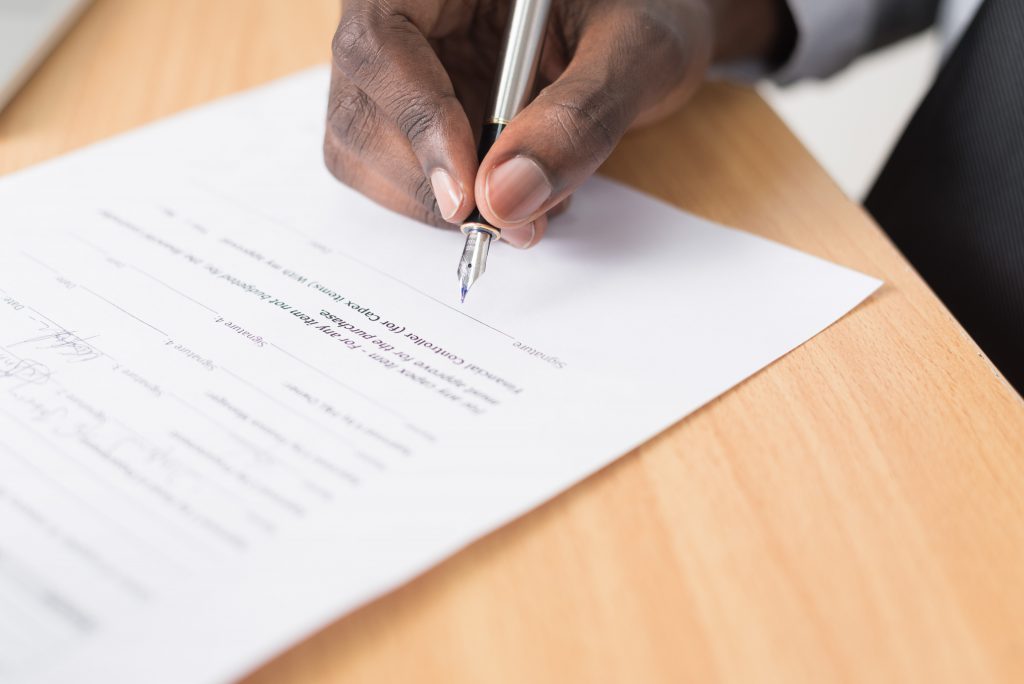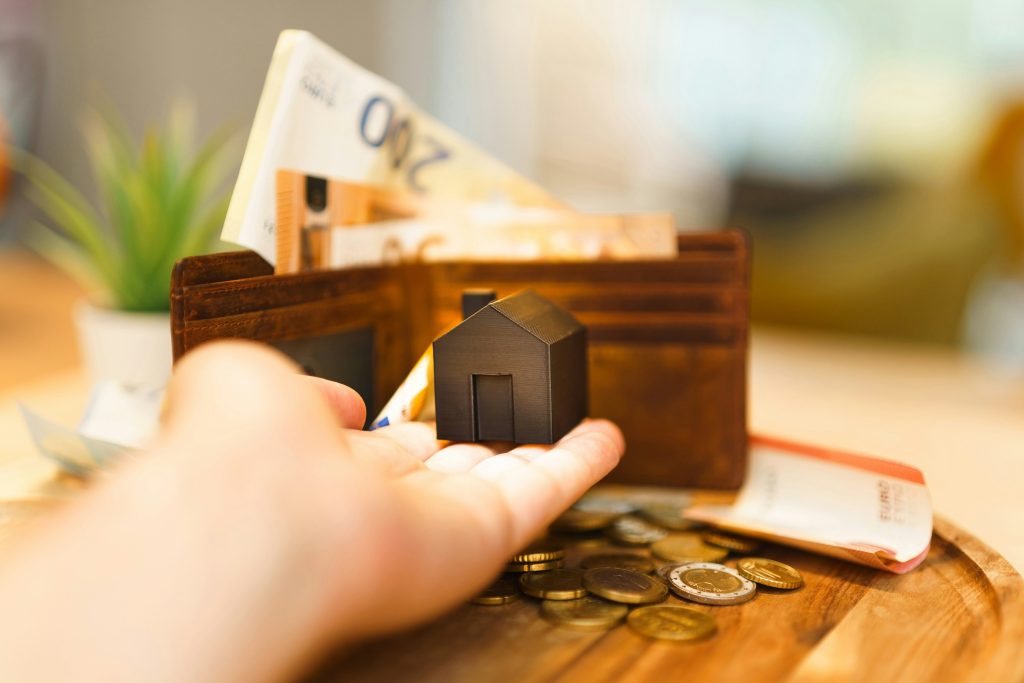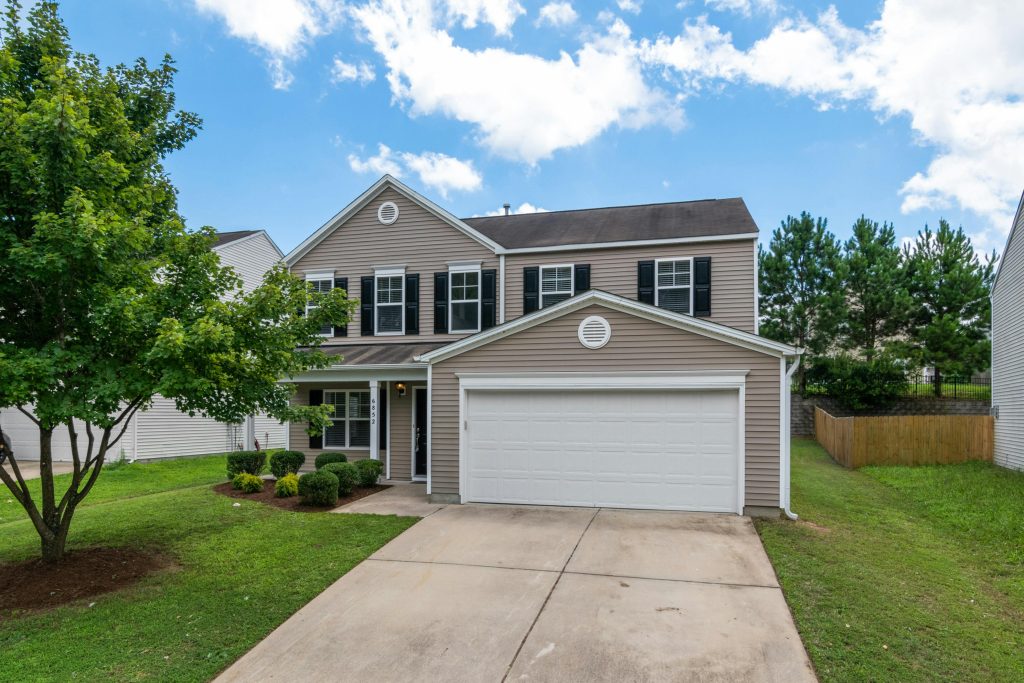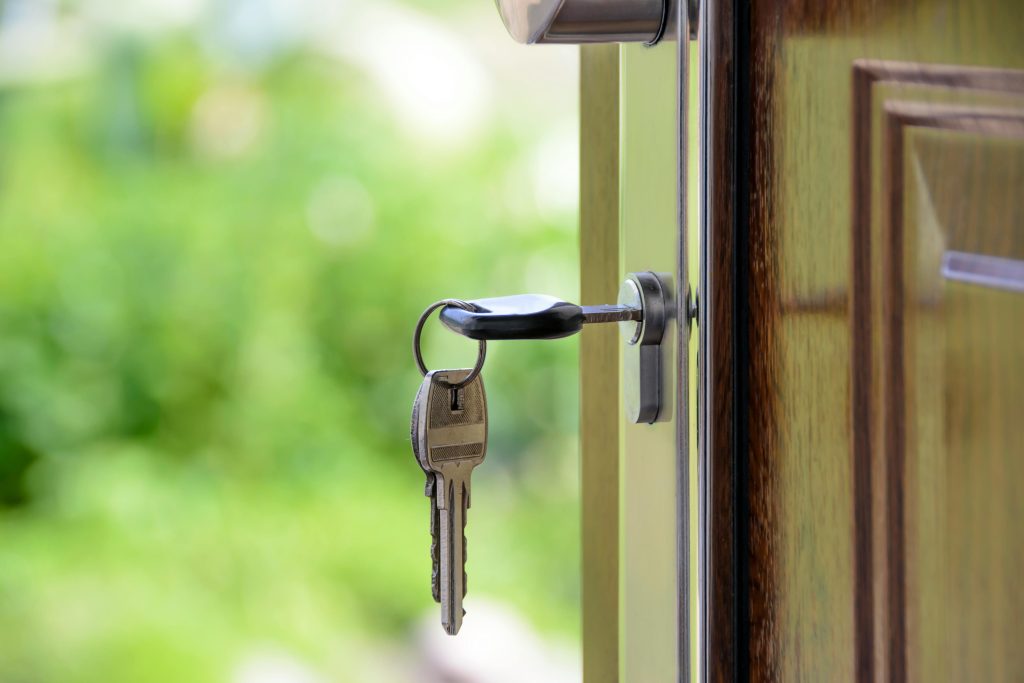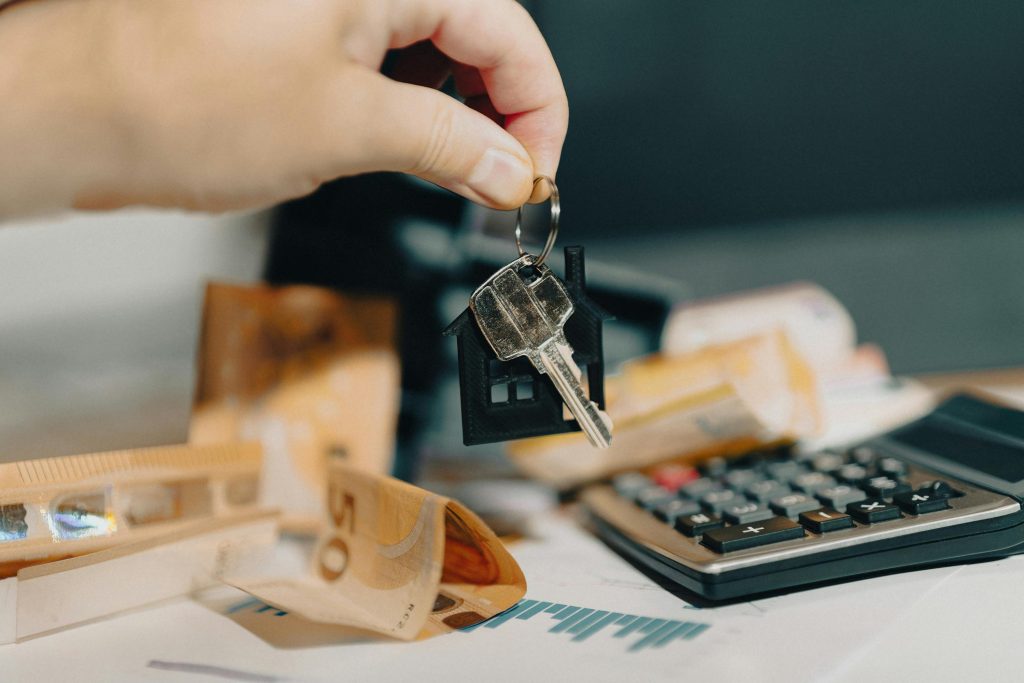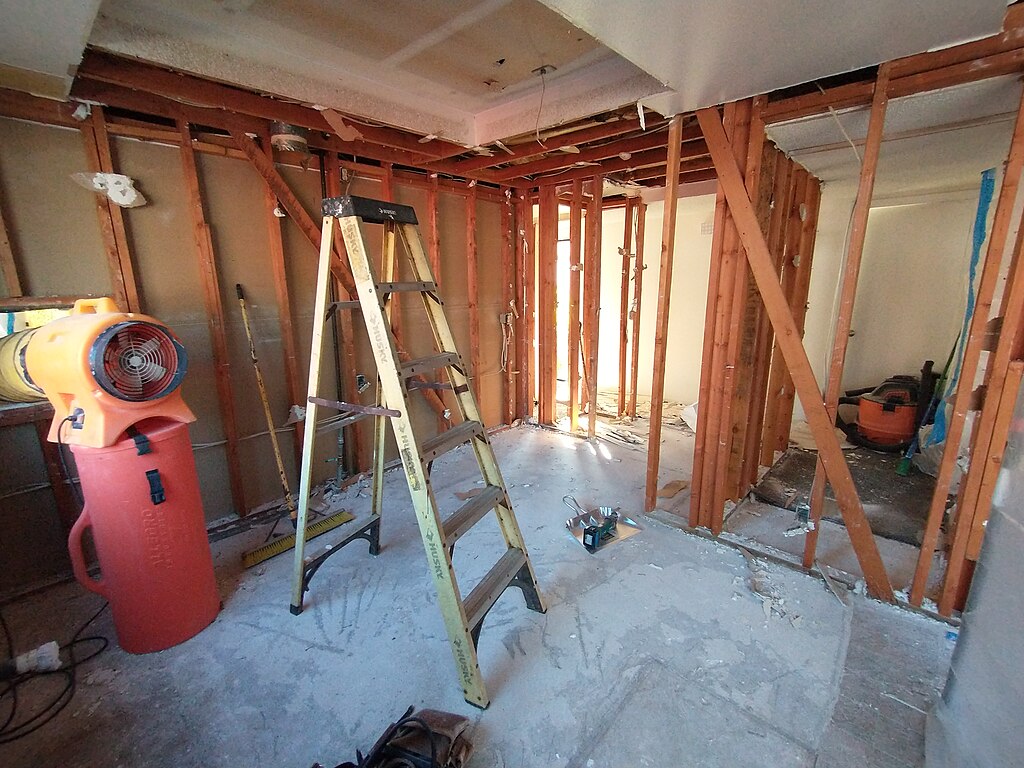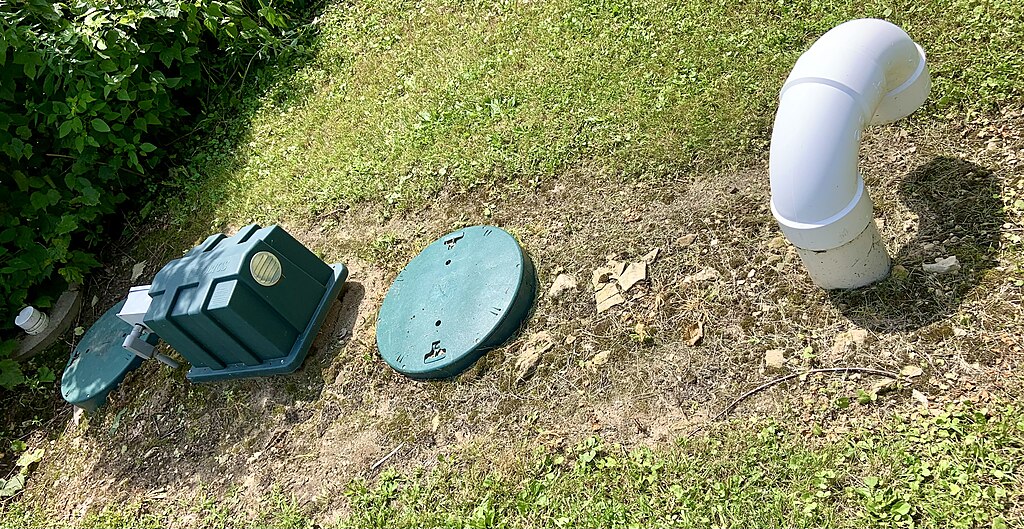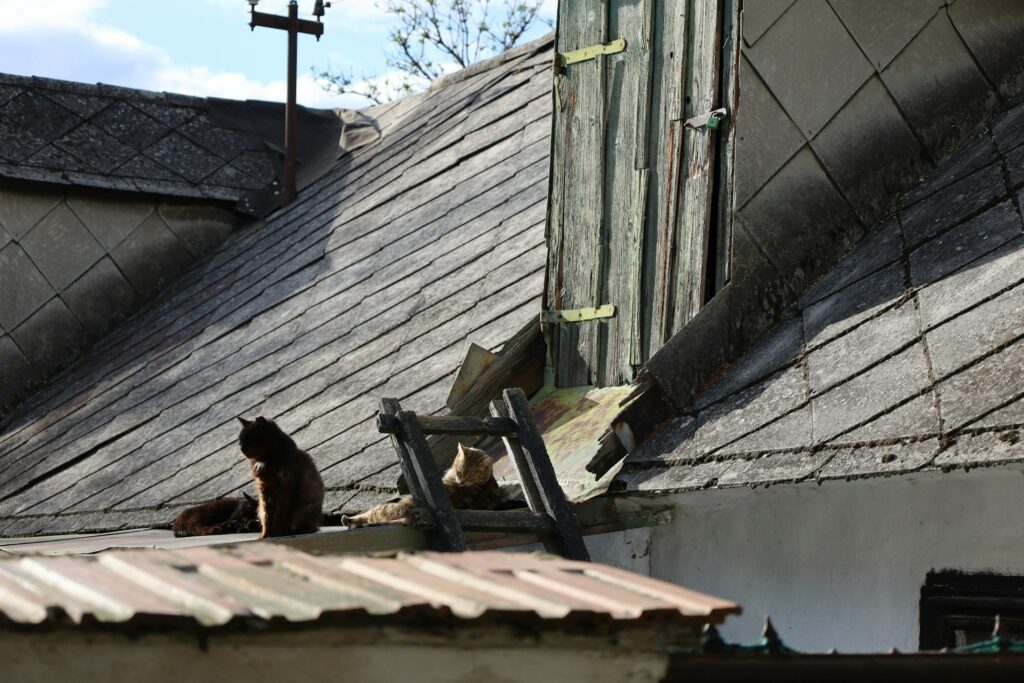Buying your next home before selling your current one might sound like a recipe for chaos.
Double mortgages. Chain complications. Stress levels through the roof.
But here’s the thing…
With the right strategy, buying before selling can be a savvy move – especially if the market’s heating up or your dream home just popped up on Rightmove.
In this guide, I’ll walk you through your options, the risks to dodge, and how to make your move without getting financially stuck or emotionally frazzled.
Let’s dive in.
Why Would You Buy Before You Sell?
Common Motivations
If you’re considering buying first, you’re not alone.
Plenty of homeowners go this route for one of these reasons:
- The dream home just hit the market – and you can’t risk missing out.
- You’re relocating for work or need to get the kids settled into a new school before term starts.
- You’re making a market play, aiming to buy before prices climb higher.
In other words: it’s not reckless – it’s strategic.
But it’s not without its pitfalls…
Risks to Be Aware Of
Here’s the big one:
Owning two homes at once.
If your current place doesn’t sell as quickly as you’d hoped, you’re on the hook for:
- Two mortgages/loans.
- Two lots of council tax, insurance, and utilities.
- Double the stress.
Plus, lenders can get cautious. If you still own your current home, they might hesitate to approve a second mortgage.
Pro tip: Some lenders will want proof your current home is listed for sale – or even under offer – before they’ll consider a new mortgage.
Key Financing Options
So, how do people actually pull this off?
Here are four tried-and-tested methods homeowners use to buy before they sell.
1. Bridging Loans
Bridging loans are short-term, high-interest loans designed to “bridge the gap” between buying your new home and selling your old one.
Pros:
- Access funds quickly so you don’t miss out on the purchase.
- Flexible repayment – you pay it back in full once your sale completes.
Cons:
- Expensive – interest rates (typically 0.5-2% per month not per year) and arrangement fees are much steeper than standard mortgages.
- Risky – if your sale drags on, those costs pile up fast.
Bottom line: Bridging loans are powerful but risky. You need a solid exit strategy and confidence that your current property will sell quickly.
Speak to a broker to explore bridging loans like those offered by Together.
2. Let-to-Buy Mortgages
This one’s a clever workaround – especially if you’re open to becoming a temporary landlord.
Here’s how it works:
- You remortgage your current home as a buy-to-let mortgage, and rent it out
- The rental income covers the mortgage payments (or most of them).
- You use the freed-up equity to fund a deposit for your new home.
- Once your old home sells, you can pay off the buy-to-let mortgage or keep it as an investment.
This works because, normally if you buy before your sell, mortgage eligibility checks will assess your ability to pay two mortgages at the same time. This may result in your application being declined unless you’re loaded. However, if you do this buy to let strategy, the first property will not be assessed in the eligibility checks as a mortgage that you also need to pay, since it’s considered that the mortgage will be paid by the tenants.
Pros:
- Keeps cash flowing without selling immediately.
- Can turn your current home into a long-term income source.
- Avoids the need for a bridging loan.
Cons:
- Different affordability checks – When you apply for a BTL mortgage, lenders will assess the rental property in terms of its potential income and it will need to make strong business sense.
- BTLs have higher interest rates than residential mortgages and you’ll need to have a good chunk of equity – at least 25%. Ideally 30%+
- You’ll need to meet buy-to-let regulations, including safety certifications.
Pro tip: Work with a specialist mortgage broker to find BTL lenders open to let-to-buy arrangements. Check the Financial Conduct Authority (FCA) for regulated brokers.
3. Using Equity Release
If you’ve built up significant equity in your current home, equity release could help fund your new purchase.
Here’s the deal:
- You take out a loan against the value of your current home (e.g., through a lifetime mortgage).
- Use the funds as a deposit or to cover the full purchase of your new home.
- Repay the loan when you sell your current property.
Pros:
- No immediate need to sell your home.
- Can fund a chain-free purchase, making you a stronger buyer.
Cons:
- High interest rates (often 4-7% annually, compounding over time).
- Reduces inheritance for your heirs.
- Strict eligibility – typically for homeowners over 55.
Important: Equity release isn’t suitable for everyone. Consult an independent financial adviser before proceeding.
4. Temporary Accommodation Options
If you’re worried about carrying two mortgages, consider moving into temporary accommodation (e.g., renting or staying with family) while you sell your current home.
Pros:
- No need for a second mortgage or bridging loan.
- Gives you time to sell at the best price.
Cons:
- Renting costs can add up.
- Moving twice can be a hassle.
Bottom line: This is a low-risk option if you’re flexible and don’t mind a short-term move. You can check rental options on Rightmove for this one.
Legal & Mortgage Pitfalls
Buying before you sell isn’t just about money. There are legal and mortgage-related hurdles to navigate too.
Here’s what to watch for.
-
Stamp Duty Land Tax (SDLT): The 3% Surcharge
If you buy a new home before selling your current one, you’ll temporarily own two properties.
Which means…
You’ll face an extra 3% stamp duty surcharge on the new purchase.
Let’s break that down (based on 2025 rates):
| Property Price | Standard SDLT | With 3% Surcharge |
| £250,000 | £2,500 | £10,000 |
| £400,000 | £10,000 | £22,000 |
| £600,000 | £20,000 | £38,000 |
It’s a sting – but there’s good news.
You can reclaim the 3% surcharge if you sell your old home within 36 months of buying the new one. Visit GOV.UK for details on how to claim.
Pro tip: Don’t forget to apply for the refund – it’s not automatic.
-
Mortgage Affordability Stress Testing
Lenders won’t just look at your income. They’ll assess your entire financial situation – including the mortgage on your current home.
Expect them to ask:
- Can you afford both mortgages at once?
- What happens if your old home doesn’t sell quickly?
- Do you have extra income (like rental income or savings) to cover the overlap?
Most lenders stress test at 5-6% interest rates to ensure you can cope with potential rate hikes. This is lower than the 7-8% mentioned in some older guides, reflecting 2025 market conditions.
Tip: Work with a mortgage broker. They know which lenders are flexible and can position your application for success. Try MoneySuperMarket for comparisons.
-
Chain-Related Delays: Skip the Stress
Property chains are a leading cause of sale collapses in the UK.
One buyer delays? Everyone’s stuck.
One buyer pulls out? The whole deal can crumble.
When you buy before selling, you can often skip the chain – or at least simplify it.
Here’s what that gives you:
- Negotiating power – you’re more attractive to sellers as a ‘chain-free’ buyer.
- Less stress – no relying on someone else’s buyer to get your keys.
- Freedom to move when it suits you – not when your buyer’s solicitor says so.
It’s no wonder many of our customers at Property Rescue choose this route – it gives them control.
Best Alternative Solutions (for an Easier Transition)
Not ready to juggle two mortgages or take on a bridging loan? Don’t worry – there are other ways to make this work without losing your mind (or your deposit).
Here are a few smart workarounds.
1. Make Your Offer “Subject to Sale”
This is one of the safest strategies.
You put in an offer on the property you want – but make it conditional on selling your current home first.
This tells the seller:
“I’m serious, but I need to sell my place before I can commit.”
Pros:
- Buys you time to sell.
- Secures the home (if the seller agrees).
Cons:
- Sellers might still entertain other buyers.
- You risk losing the property if a chain-free buyer swoops in.
In a hot market, this can be a tough sell – but if the property’s been listed for a while or the seller’s flexible, it’s worth a shot. Some listing make it clear that they want a chain-free buyer or a fast sale, in which case the next alternative (below) would be the best.
2. Sell to a Fast Home Buyer
Maybe you don’t actually need to buy the new home before you sell the old one.
For example, if you were able to sell your old home in a flash, on demand, then that might alleviate the problem, allowing you to buy your new home quickly.
That’s where companies like Property Rescue come in.
We buy homes directly for cash, with no estate agents, no viewings, and no risk of being gazumped at the last minute.
We can exchange contracts in as little as 48 hours, and complete the purchase of your home in as little as 7 days!
With this kind of speed, you can make a chain-free offer on your new home.
Once your offer is accepted, sell your old home directly to us quickly.
Congratulations, you are now a chain-free buyer ready to move forward with your new purchase.
- Your mortgage company won’t have issue of being double mortgaged, because you have already sold and are 100% mortgage-free at the time of application.
- Property Rescue can allow you to continue renting your current home after the sale, if needed, so then there’s no need to move house twice!
Get a free cash offer from Property Rescue to see how it stacks up.
3. Negotiate a Delayed Completion Date
Here’s a neat trick most people don’t know they can ask for.
If you’ve found your next home but need a few weeks to sort your current sale, try negotiating a longer completion window.
For example:
- Exchange contracts now.
- Complete 8-12 weeks later.
This gives you breathing room to sell your current place – without rushing or panicking.
Sellers are often open to this if:
- Their property’s been on the market for a while.
- They haven’t found their next place yet.
- You’re a strong buyer (mortgage approved, deposit ready).
Don’t be afraid to ask. Sellers are people too – and if it gets the deal done, many are happy to wait.
When Does Buying Before Selling Make Sense?
Buying before you sell isn’t for everyone. But in certain situations, it can be a clever play – saving you time, stress, and even money.
Let’s break down when it makes sense… and when it doesn’t.
When It Works Well
1. You’ve Already Got a Cash Buyer Lined Up
If your current home is already under offer – especially to a cash buyer – you’re in a strong position.
That offer reduces the risk. Even if your buyer needs a few weeks to complete, you’ve eliminated a big chunk of uncertainty.
2. You Can Afford the Overlap
Got the budget to cover both mortgages for a few months, and lenders agree?
Great. That gives you breathing space – and more control over your move.
Bonus: You don’t need to rush your sale, so you’re less likely to accept a lowball offer just to keep the chain moving.
3. You’re Buying Below Market Value
If you’re picking up a property at a discount (e.g., repossession, probate, motivated seller), the long-term gain could outweigh the short-term cost of carrying two homes or bridging loans.
Example: If you bag a £400,000 home for £360,000, a bridging loan or short-term mortgage overlap might be worth it.
4. You’re Downsizing or Buying Cheaper
If your next property costs less than your current one, you might be able to:
- Cover the purchase with savings or equity.
- Skip the second mortgage altogether.
- Move chain-free.
This is especially common with retirees or homeowners moving out of cities.
When You Should Avoid It
1. You’re Already Near Your Borrowing Limit
If your current mortgage already stretches you – or lenders are hesitating on affordability – adding a second mortgage is a red flag.
You’ll either get declined or, worse, approved and then financially strained.
Better to sell first, then buy with a clean slate.
2. You’re Banking on a Quick Sale
“If we list at £450,000, it’ll fly off the shelf…”
Be careful. The UK property market can be unpredictable – especially in uncertain economic times.
If your plan hinges on a best-case scenario, take a step back.
You don’t want to be stuck with two homes, rising costs, and no buyers.
3. You’ve Got No Plan B
What if your home doesn’t sell for six months?
What if your sale falls through?
If you don’t have a solid backup – like letting the property, bridging finance, or deep savings – buying before selling might not be for you.
Rule of thumb: If the worst-case scenario keeps you up at night, don’t take the risk.
Why Choose Property Rescue?
If you’re thinking about buying your next home before selling your current one, you need one thing above all else:
Certainty.
And that’s exactly what we offer at Property Rescue.
We’re a trusted, FCA-regulated home buying company, helping thousands of homeowners move on quickly, easily, and without the usual chaos of the open market.
Here’s why people choose us:
Fast, Guaranteed Sales
We buy homes directly for cash. That means:
- No estate agents.
- No fall-throughs.
- Completion in as little as 7 days – or on your timeline.
… we’re here to help.
Get a free, no-obligation cash offer from Property Rescue today – and take your next step with confidence.
Start online at Property Rescue or call our friendly team on 0800 048 2828.
No pressure. Just practical solutions that get you moving – fast.

